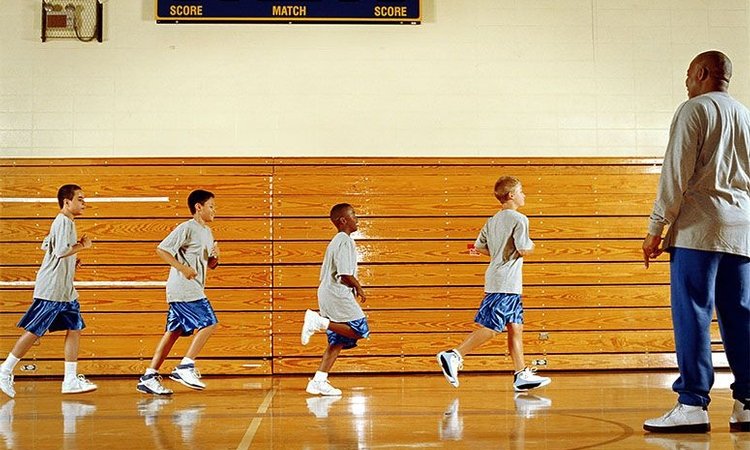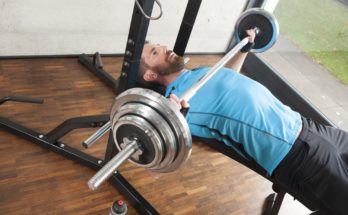A new study reveals that school fitness tests have little impact on student attitudes to PE — contrary to polarised views on their merits — and for many students, fitness testing during PE may be wasting valuable class time when used in isolation from the curriculum.
The new research, led by scientists from Louisiana State University and Adelphi University, published in Physical Education and Sport Pedagogy, suggests that rather than increasing students’ enjoyment of PE or putting them off the subject, there is little association between fitness tests and student attitudes and emotions towards PE. This finding contradicts the strongly held beliefs of both proponents and critics of the tests.
“Our results show that extreme views on this controversial subject may be unfounded, since fitness tests neither put students off PE nor encourage a positive outlook on participation,” says Kelly Simonton from Louisiana State University.
“What’s more, school fitness tests are rarely used to educate students about fitness and they’re often implemented poorly, so we cannot help but think that class time would be better spent in equipping students with knowledge and skills that more closely support the PE curriculum,” he says.
Previous studies have claimed either intense positive or negative effects, based on students’ and teachers’ memories of fitness tests. The purpose of the new research was to examine how girls’ and boys’ performances in fitness tests predict future attitudes and emotions towards PE. The authors focused on the impact on enjoyment, anger and boredom towards PE. A total of 273 students across four US middle schools filled out an attitudes survey and emotions inventory within two weeks of completing a Fitnessgram™ assessment. According to previous studies, as students progress through middle and high school, positive attitudes to PE decline, especially among girls.
Results were mixed across different elements of the assessment. In the PACER test for cardiovascular endurance, both boys and girls who ran more laps were less likely to report anger towards PE. Boys’ success was associated with greater enjoyment of PE, whereas girls’ success was not associated with more positive attitudes. Girls who performed well in the sit-and-reach test — to measure flexibility — reported favourable attitudes, while there was no effect on higher-performing boys. Meanwhile, performing well in the curl-up test — to assess abdominal strength — actually increased rates of anger towards PE for both sexes.
The researchers also measured the size of the effects. They found that fitness test performance explained only 12% of variation in boys’ enjoyment and anger towards PE and in girls it was even lower, at 4%. Feelings of boredom towards PE were hardly impacted at all by success in the tests. The authors note that these results provide a stark contrast to the passionate debate surrounding the impact that fitness tests might have on student experiences of PE.
The researchers suggest, however, that fitness testing could have more impact if implemented as part of a fitness education curriculum.
They also note several limitations to the study. The data were collected at one time point so they were unable to measure changes in attitude over time. The teachers involved did not follow recommendations about integrating fitness tests into the curriculum. For example, scores were not shared with parents or guardians and were not used to help students learn about or to develop their fitness. Students did not compare their results to previous tests and the data collected were not used to monitor student health. It therefore remains to be seen whether better implementation could produce a stronger correlation between fitness tests and student attitudes to PE.




